On December 1st of the US Eastern Time, Nike HyperAdapt 1.0, the Nike HyperAdapt 1.0 shoe that Nike has been working on for half a year, has finally been officially launched.
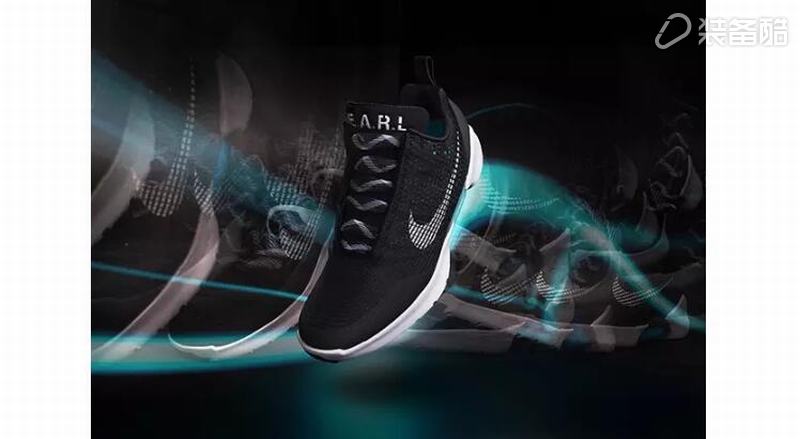
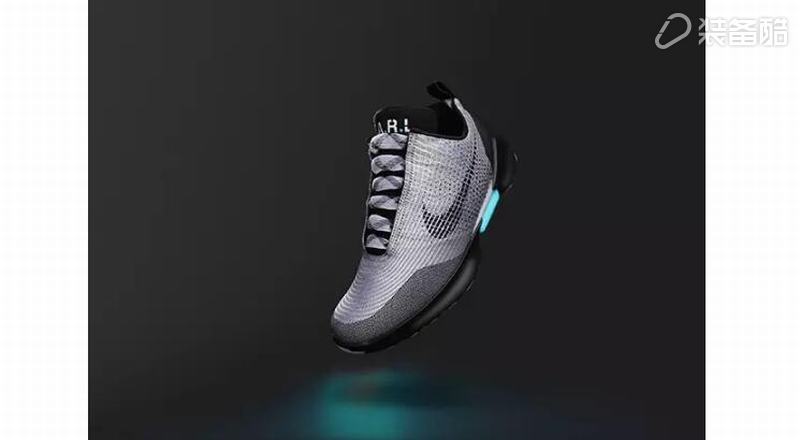
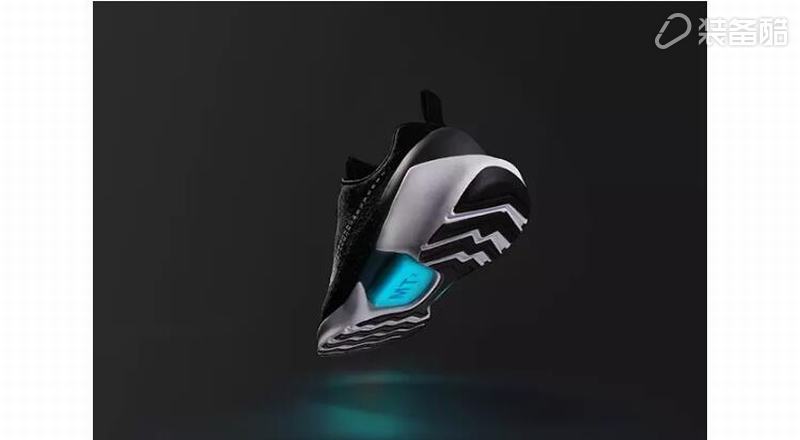
The Nike HyperAdapt 1.0 is the first pair of sports shoes to use "adaptive" system, built-in mini battery and motor, fully charged once (in the blue block of the sole) can be used for about two weeks, press the button to adjust the shoes "The degree of tightness."
The concept of "automatic shoelace" was derived from Nike Mag, a pair of science fiction sneakers in the 1989 film "Back to the Future 2." After the "appropriateness" technology was mature, Nike had 89 double Nike Mag engraved in auction form not long ago this year. This is also the technology that Nike's legendary sneaker designer Tinker Hatfield has been hoping to achieve.
It is worth noting that the price of the Nike HyperAdapt 1.0 is 720 US dollars, which is approximately 4957 yuan, which is a difference of 29 US dollars from a 128 GB iPhone 7. It is equivalent to 180 MacBooks and one week in New York City's Lower Manhattan. rent.
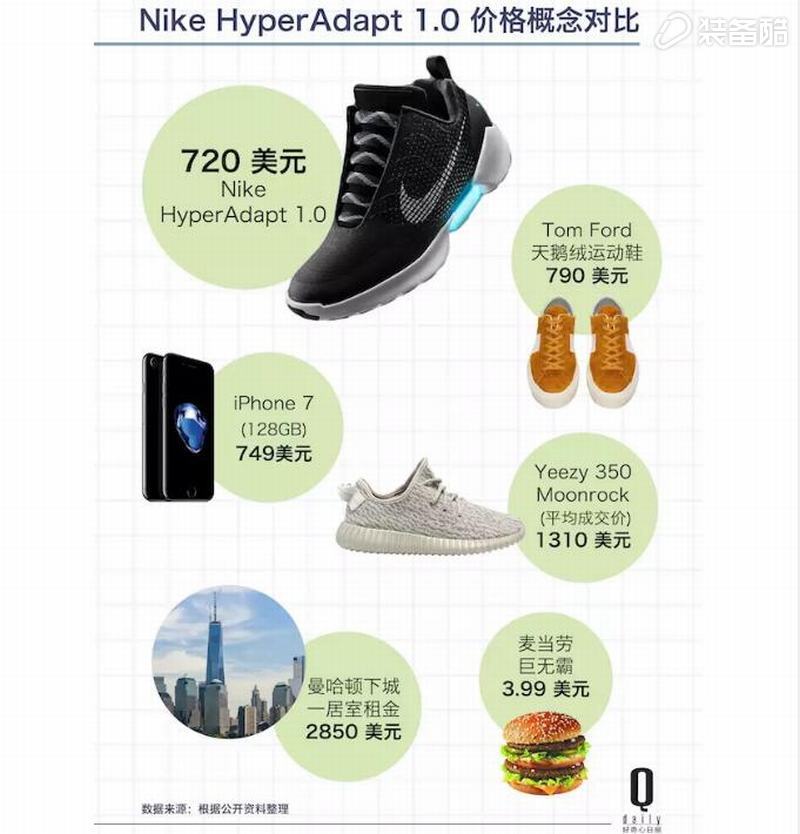
Such a high price makes this shoe hardly a “traffic seller.†For sports giants that sell 400 million pairs of shoes each year, there is no direct financial impact, but the birth of these shoes is indeed for people. Indicate what Nike thinks the future is.
As early as March of this year's Innovation Conference, Nike had used Tinker Hatfield's mouth to show the future of "adaptive" technology. The ultimate goal of this technology that combines digital, electronic engineering, and mechanical engineering is to personalize customization and become a "mainstream product."
According to Tiffany Beers, one of the designers of Nike HyperAdapt 1.0, this shoe is by no means a “gimmick,†and Nike’s ultimate hope is that the athlete’s foot pressure on the court will adjust the shoes at any time. Tightness.
Compared to the four-year-old Nike's knitted sneakers fabric technology Flyknit, HyperAdapt is clearly not a technology that can immediately create high-margin products on the market. Commenting on Kasper Rorsted, the new Adidas CEO, “I don’t know if this is a 'save the world’ product.â€
Kasper Rorsted refers to the lag in innovation that Nike has criticized for the past year (mainly Wall Street). The competition in the sports market in 2016 has been unprecedentedly complicated. Competitors including Adidas, Under Armour, and New Balance have gradually shortened their gap with Nike in the technology of shoes. Several pairs of knitted fabric shoes, which greatly reduced Nike's profit margins. After reaching a record high in 2015, Nike's stock price fell sharply this year, and some analysts are already worrying about whether Nike will be able to complete the target list set at the end of last year: $50 billion in revenue by 2020.
The $720 is far more than most people buy sports shoes for. But the price itself is more like an endorsement.
After the HyperAdapt technology was officially announced in March this year, Eric Tracy, equity analyst at Brean Capital, once stated that “more and more innovative products will help improve Nike’s reputation and raise the average selling price.†And this influence radiates. Not only Nike, but also the entire sports goods industry.
However, even if you are willing to pay for it, you may not be able to buy it for the time being.
December 1 Nike HyperAdapt 1.0 Black/White Coral Blue is available in just two stores in Nike's new flagship store in Soho, New York, and 45 Grand Nike+ ClubHouse not far from here.
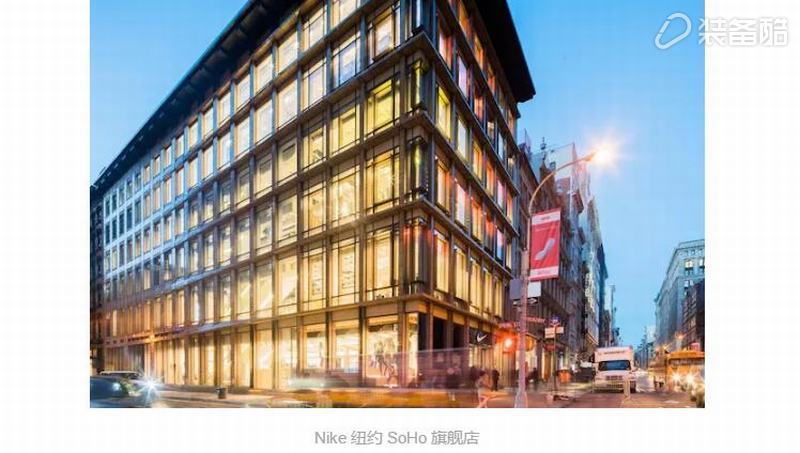
To make an appointment, you must also go through Nike.com and the Nike+ app. In addition, a small group of Nike+ users have the opportunity to qualify for the purchase on the APP. By the end of December, the two new color combinations will also land on the Nike+ APP and some of Nike’s direct stores in the United States.
Nike considers the sale of Nike HyperAdapt 1.0 as an opportunity to promote direct sales channels including flagship stores and direct e-commerce.
Since its inception, Nike has been based on wholesale business, but now they are reducing their dependence on traditional sports retailers. According to the five-year plan announced by Nike at the end of 2015, the company's direct business goal in 2020 was US$16 billion, accounting for 32% of the total target revenue. At present, the ratio is 24%.
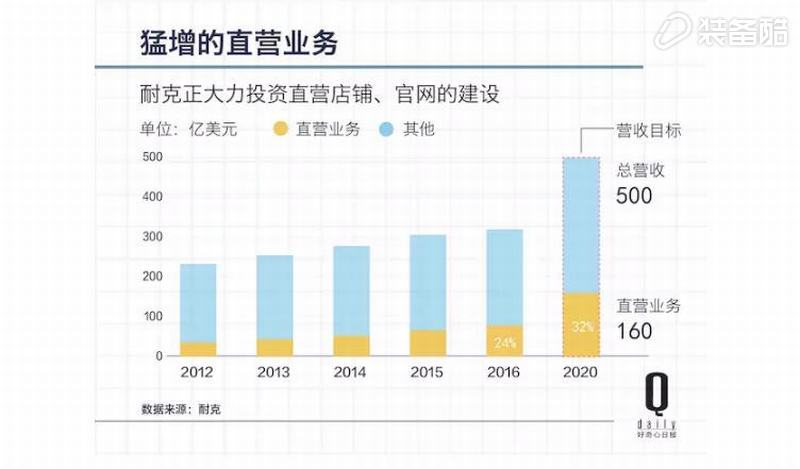
Nike’s products account for 72%, 20%, and 73% of the three major sports retailers Foot Locker, Dick’s, and Finish Line respectively. Nike’s investment in direct operations is undoubtedly an impact on its partners.
According to the Wall Street Journal, citing an informed source, Nike has invested about $100 million in digital products, including the new Nike+ development, over the past four years. The huge update of Nike+ this year included an important change, and now people can buy shoes directly through Nike+ orders.
Not long ago, Nike announced that it would no longer provide "futures orders" in the financial report. Some commentators believe that this is Nike's attempt to conceal some of the bad news from Wall Street. “Futures orders†refer to orders placed by retailers under Nike in the next six months and have always been regarded by investors as an important financial indicator of the company. However, according to Nike, the proportion of direct-operating business is now close to one-fourth, so they think that this data can no longer represent the overall picture of the company's business.
Lastly, I would say that this pair of Nike HyperAdapt 1.0, although this shoe must be sold out, but really, the shoelace that can be tied in two seconds, is really not worth your $ 720.
Reprinted from: Curiosity Daily
Cartography: Feng Xiuxia
Pitchers Glass,Multi-Function Pitchers Glass,Fruit Juice Pitcher,Pitchers Glass With Handle
Xi'an ATO International Co., Ltd , https://www.ato2008.com